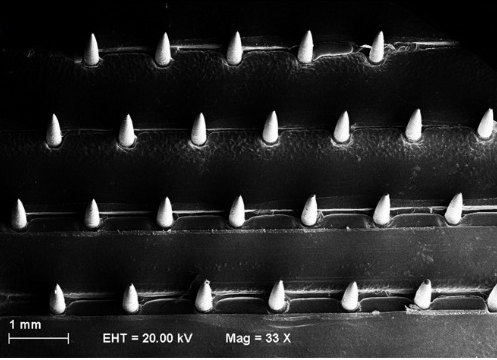2023 seemingly left in a haste. Stepping into 2024, we welcomed our collaborators from The Hong Kong Polytechnic University (PolyU) to Newcastle, to conduct a joint study on microneedle formulation for drug delivery and diagnostics. Merab Naveed, Hubert Chan and Dr Thomas Lee from PolyU’s Biomedical Engineering Department spent nearly two weeks with us, running experiments and exchanging ideas with us. Newcastle University students, Begho Obale and Jakub Masloch, who completed their MPharm research projects with us, also lent their expertise to this joint study. Among other things, Begho made a dancing microneedle mould – the first ever reported. It was a most wonderful way to start the new year.
So how did our guests find it? I know Hubert enjoyed the unique learning experience – his words, not mine. I’m really pleased that we’re able to organise this research exchange programme. Thanks also go to Dr Wing Man Lau and Dr Hin Chung Lau of PolyU, the other two academic advisors on the project, for making this happen.



